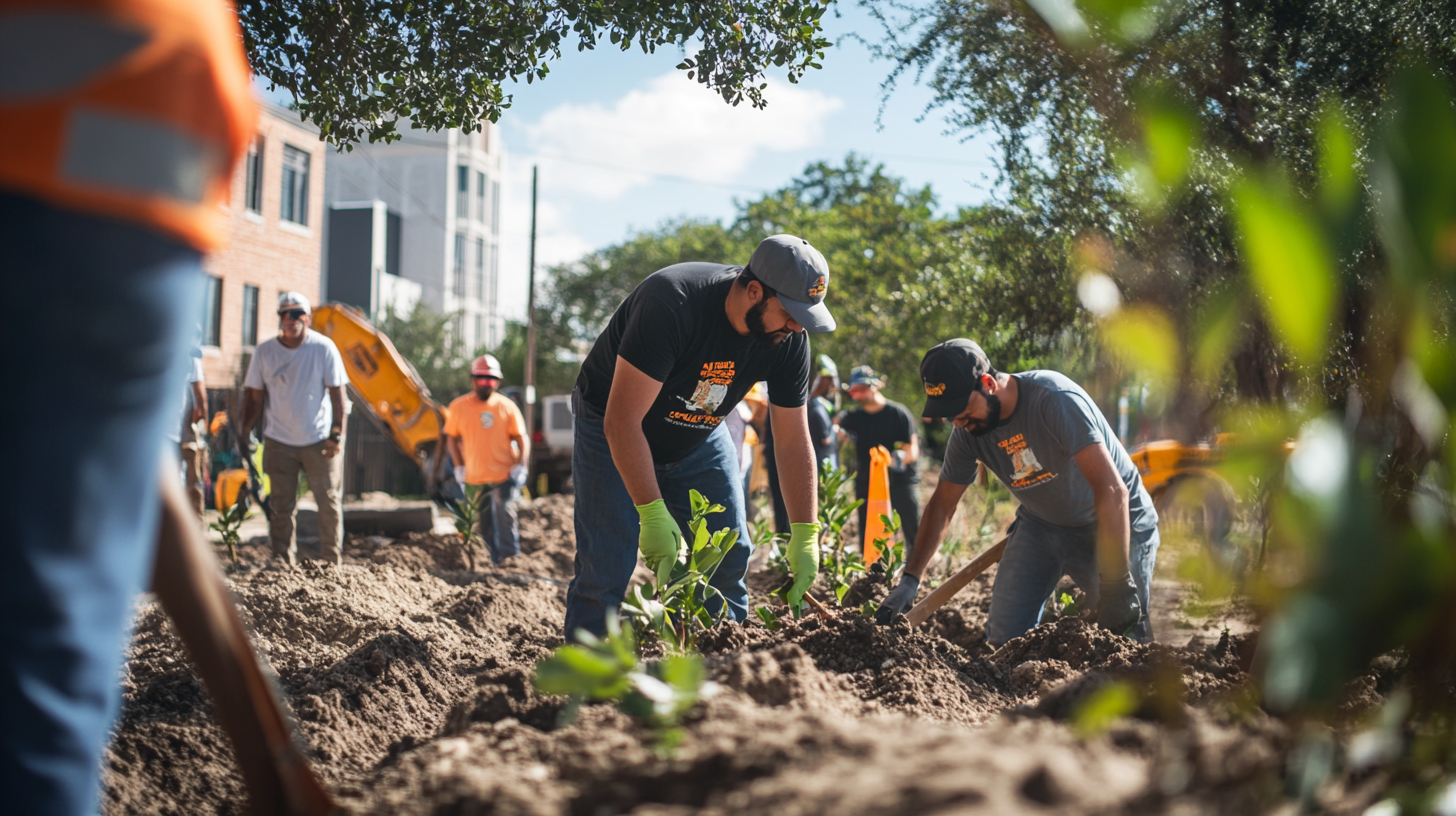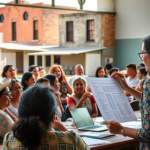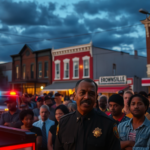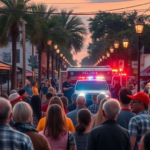**Brownsville Initiates Tree Planting with New Grant**
Brownsville, Texas, has taken a significant step toward enhancing its local infrastructure and environmental health, having secured a $5,000 grant aimed at expanding urban greenery. The grant facilitates a tree-planting initiative along the city’s West Rail Trail, introducing over 30 trees across a seven-mile stretch. This development promises to enrich the local landscape while promoting ecological sustainability within the Rio Grande Valley (RGV).
**Planting Seeds for the Future**
Kick-starting the initiative, the first set of trees was planted near Pullam Elementary School, setting the tone for what city officials hope will be a transformational venture. The project, realized in partnership with HEB and Texan by Nature, aligns with ongoing efforts to improve public spaces by making them more accessible and appealing.
Dr. Rose Gowen, Brownsville Commissioner At-Large B, emphasized the multifaceted benefits of the tree planting. “This is going to bring shade, beauty, wildlife, and trees clean the air around us, and it’s really going to make the trail more personable, more viable, more walkable,” she remarked. Such initiatives resonate with the community interest, addressing urban heat challenges while enhancing the aesthetic appeal of local neighborhoods.
**Impact on Valley Residents**
For residents of Brownsville and the wider RGV, the endeavor presents numerous benefits. Not only does it directly address residents’ requests for more shaded areas, but it contributes to the city’s broader vision for sustainable urban development. Shade from the trees will make the trails more inviting, encouraging outdoor activities and promoting a healthier lifestyle among Valley residents.
Local environmentalist Laura Jimenez underscored the community’s enthusiasm, noting, “We’ve long awaited this kind of project. It’s a win for the environment and for people, especially in South Texas’ summer months when the sun is relentless.”
**Past Efforts and Future Plans**
This initiative is part of a continuing trend within Brownsville, where city planners have increasingly prioritized sustainable practices and green space development. Previous projects have successfully remodeled public areas to boost engagement and ecological awareness.
Looking to the future, these efforts may see an expansion beyond the current project. Encouraging community involvement through programs like the “Pump Patrol” and subsequent tree-planting events could amplify the initiative’s reach and impact across different city zones.
**Community Involvement and Resources**
The project is as much about community participation as it is about environmental stewardship. Local citizens are encouraged to engage with the process by volunteering for future planting events and participating in activities that promote the use of Brownsville’s growing network of trails.
To provide easy access to information, the city will offer resources such as community workshops and online guides. These will not only cover the benefits of urban forestry but also educate residents on how they contribute to a greener, more sustainable cityscape.
**Challenges and Considerations**
While the grant and ensuing projects present significant opportunities for positive change, implementing such changes is not without challenges. City administrators must consider the maintenance requirements of the new green spaces and plan for sustainable irrigation, especially given South Texas’s occasional drought conditions.
Moreover, fostering continuous community engagement will be crucial in sustaining the momentum built by initial plantings. Ensuring that Valley residents are informed and motivated to participate will help Brownsville maintain its focus on green development.
**Conclusion**
In what represents an important milestone for local environmental initiatives, Brownsville’s new tree-planting project offers both immediate aesthetic benefits and long-term ecological gains. By addressing community needs and leveraging strategic partnerships, the initiative reflects a commitment to sustainable urban growth, further cementing the city’s leadership in progressive environmental policies in the RGV.
As Brownsville and its community members look ahead, the success of this project could serve as a model for other municipalities in the region, demonstrating how strategic investment in green infrastructure can strengthen community cohesion and quality of life for all residents.







